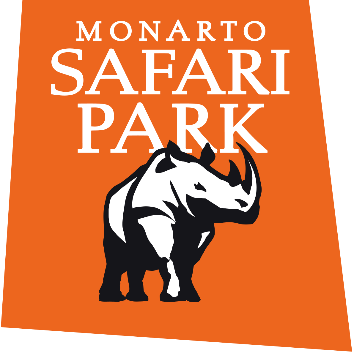Southern White Rhinoceros roam the southern half of the African continent, in savannah and grassland habitats
The White Rhino is one of the largest land animals and have the biggest horn of all rhinos! Their physiology closely resembles that of zebras and horses, having the same basic digestive tract (single-chambered stomach).
Bulls are solitary and establish territories by spraying urine and producing large faecal middens. Bulls will defend their territories from other males, which may choose to contest a particular male for the dominance of an area. While females usually live in small groups containing young adults.
There is an estimated 10,000 wild rhinos. One of the biggest threats to the wild population is poaching for the international rhino horn trade, which commands a high value on the black market for alleged medicinal purposes. This illegal trade has seen the incidence of poaching escalate hugely over the past ten years.
Rhino horns provide no proven medical benefit; the horn is made of a protein called keratin, which is also what makes up skin, fingernails, hair and hooves. This alleged cure for a range of medical aliments has resulted in needless death of hundreds of rhinos.








